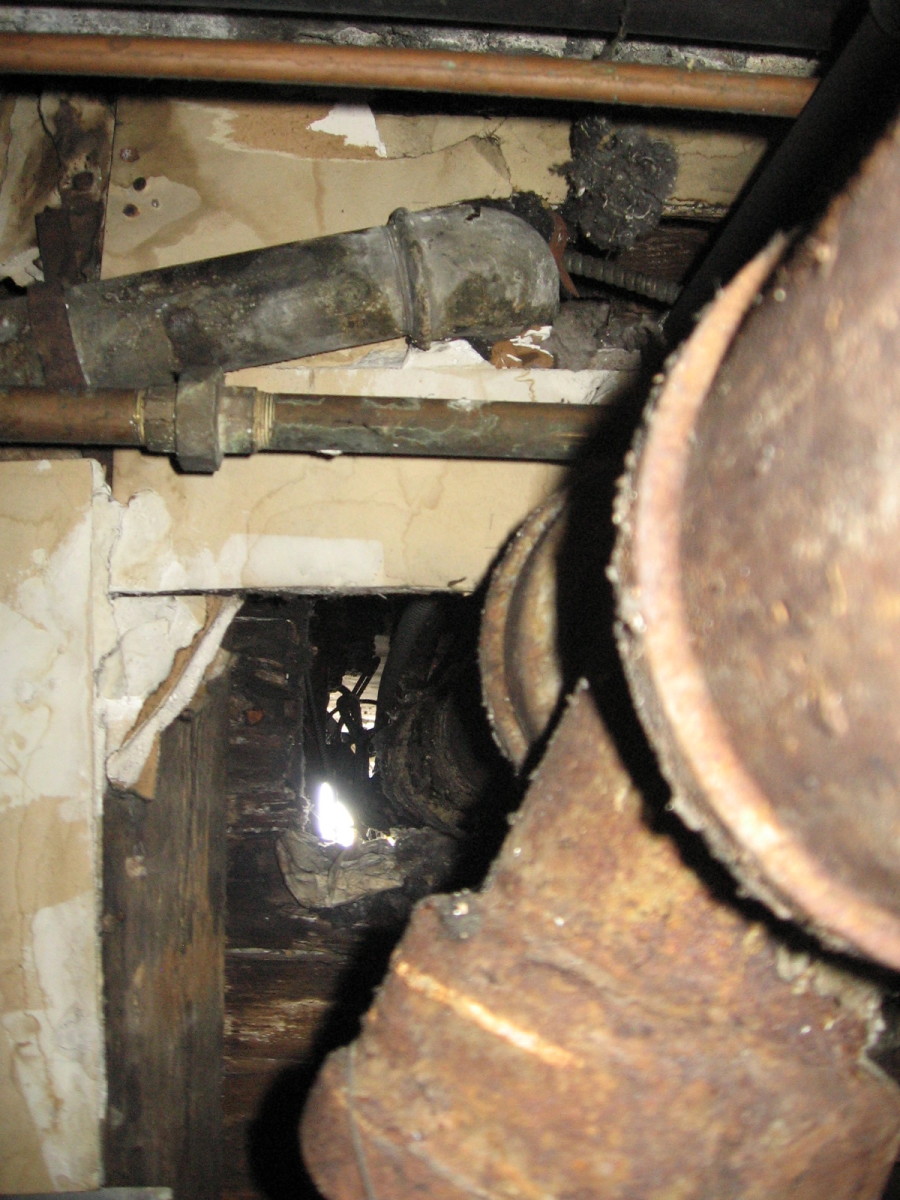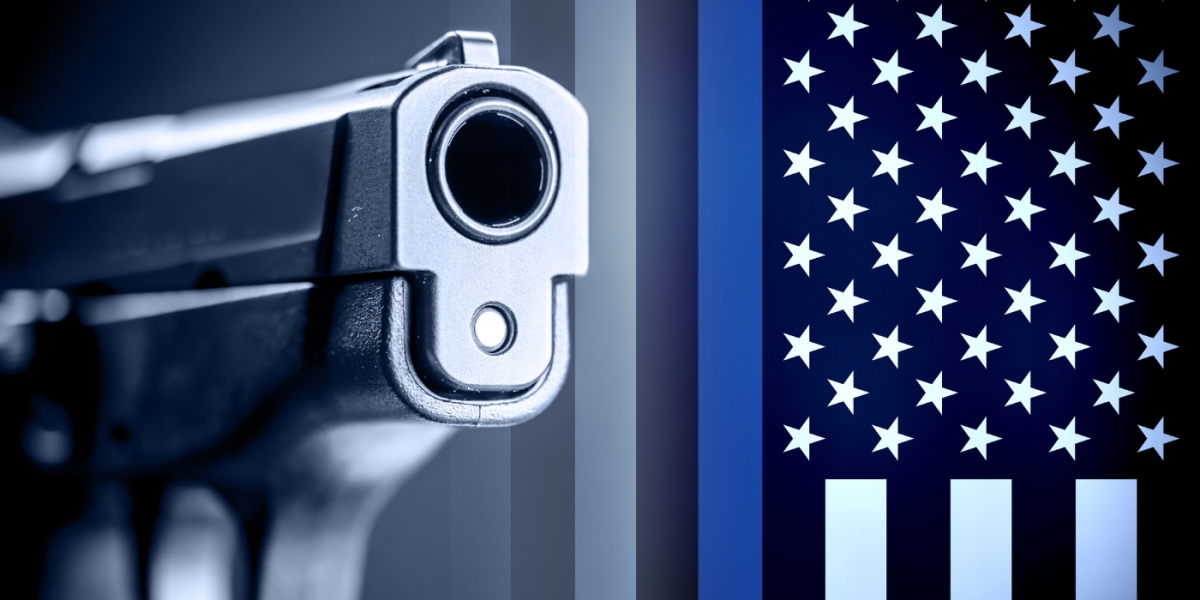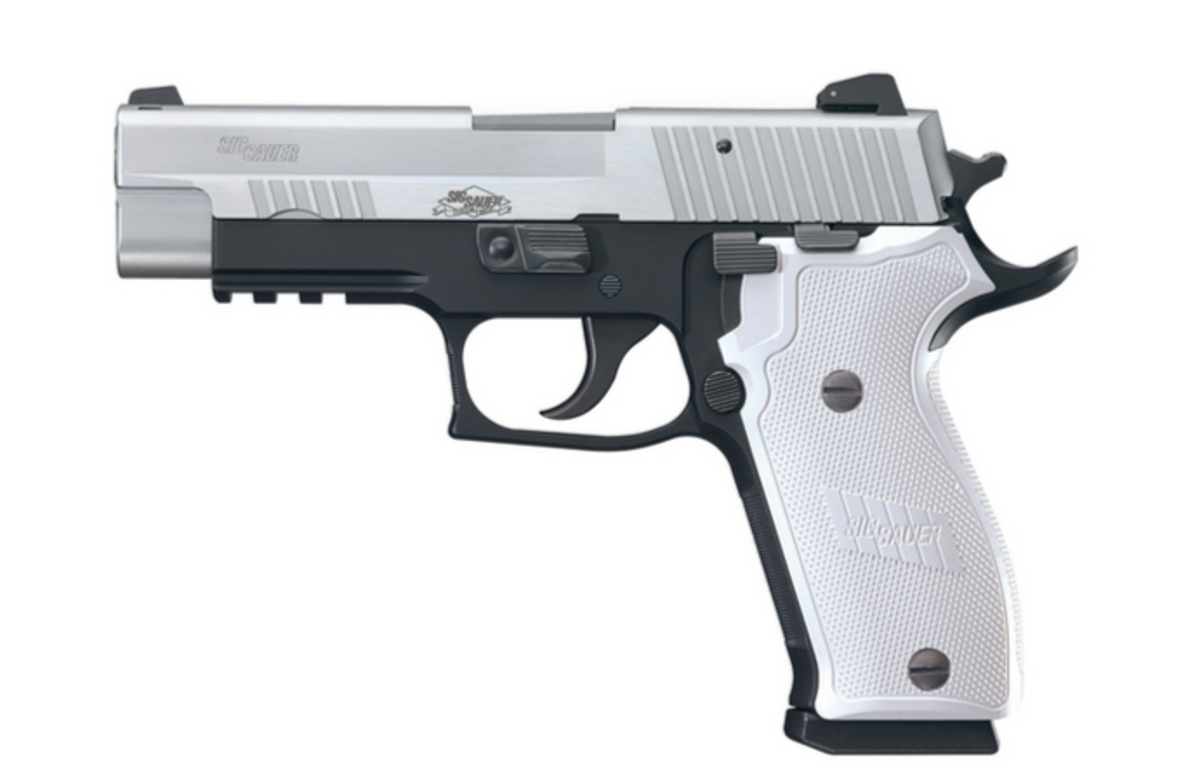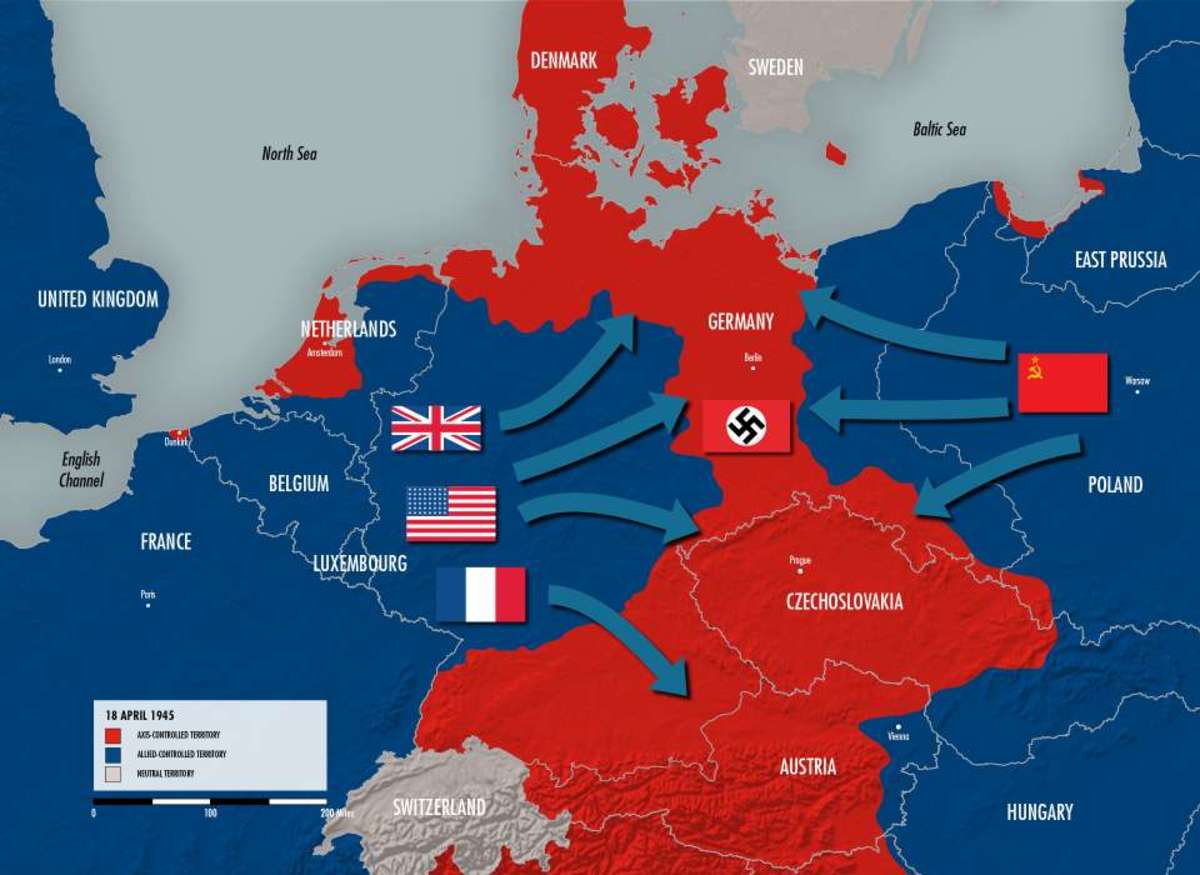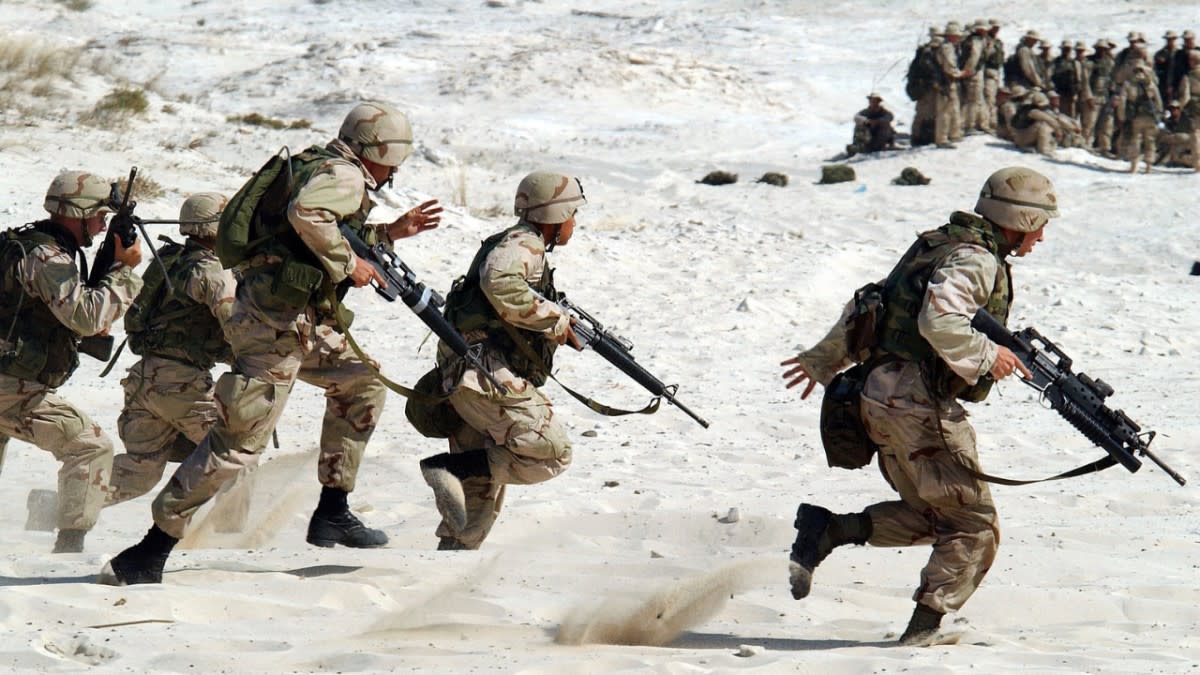German WWII FN High-Power Pistol
Browning Designed FN High Power Pistol
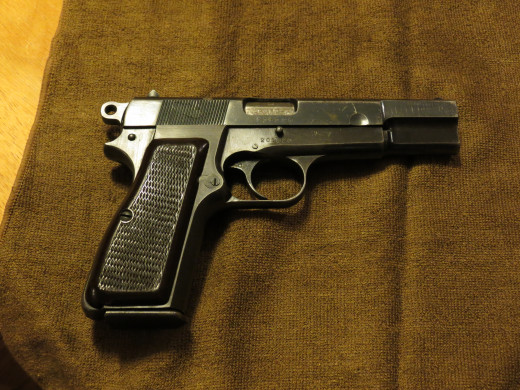
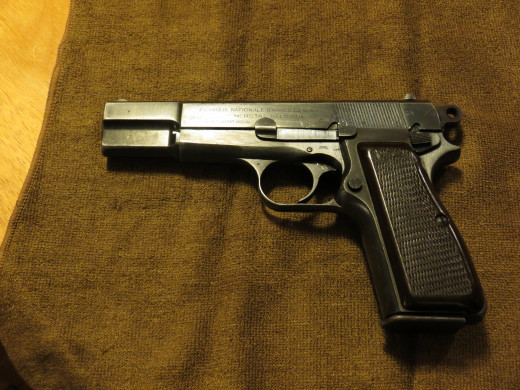
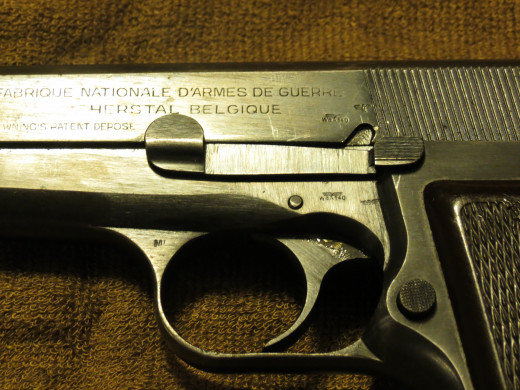
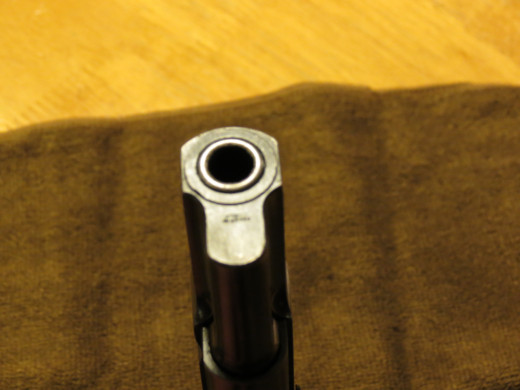
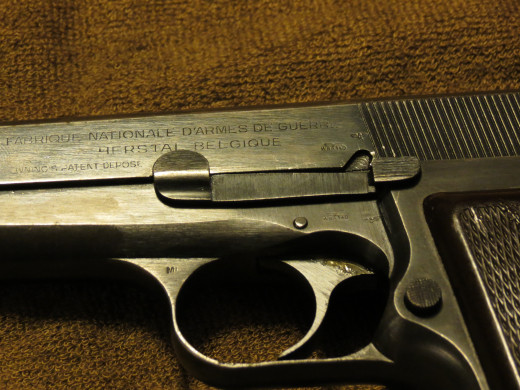
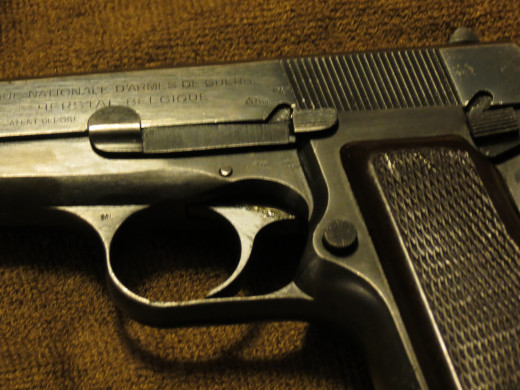
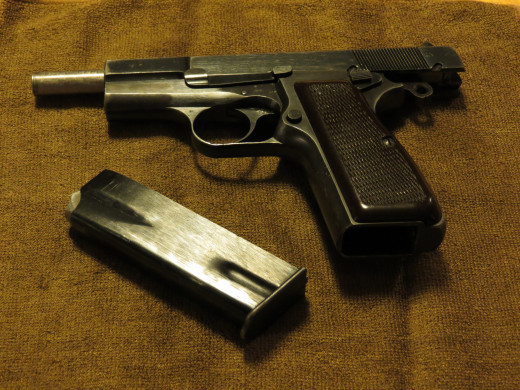
A Fifty Dollar Piece Of History
In 1960 my father purchased a used High Power 9mm semiautomatic pistol for personal protection. He carried this pistol for about five years and when he sold his business, he put the gun in a box and forgot about it until the mid 90's. He was a part time police officer and the department he was working for decided that they were going to require officers to carry semi-automatic 9mm pistols instead of 6 shot revolvers. My father was rather excited, he had an excellent semi-automatic 9mm he could use and he pulled the then 55+ year old weapon out of storage. To his dismay, his high power failed to meet the required department specifications. The High Power did not have adjustable or night sights and it was a single action, the department requirements were that sights needed to be adjustable and visible in complete darkness and they had to be a double action design, meaning that the weapon could be fired without pulling the hammer back manually to activate the firing pin.
The weapon is a John Browning design and was further refined by Dieudonne Saive. While it has similar features to a Colt Model 1911, it is fundamentally different. It was chambered to fire a 9mm round and featured a 13 round staggered stack magazine. This weapon was produced by Fabrique Nationale (FN) in Herstal Belguim sometime between 1937 and 1939. When Germany occupied Belgium in 1940, they took over the FN plant and began to use the high power pistol. German military pistols were marked with inspection and acceptance marks called Waffenamts which can be seen on the pictures to the right.
The weapon my father owns has two different stamps on it, one is an eagle and the other is a two line stamp bearing the German Eagles Wing with three letters and numbers below it reading, WMB140. These marks appear in the upper and lower frame, at the tip of the frame under the barrel and on the barrel itself. It is unknown if the series of letters and numbers are simply inspection or lot numbers in addition to the serial number, or if they are German Military Unit numbers. It is widely known that both Allied and Axis troops used FN's, it is unknown where this particular gun was obtained and when it was shipped to America. FN produced pistols issued to German troops used mainly by the Waffen-SS and the Fallschirmjager (German Paratroopers). The actual unit this weapon was issued to is not known and there is no documentation detailing when and where this weapon was procured. I am still awaiting information from FN based on this weapon's serial number.
I had the opportunity to take this weapon apart for cleaning and inspection. It is in very good shape for being over seventy years old. While taking this pistol apart I noticed that it smelled musty as if it had been wet for a long period of time. My father told me that the safe the Fn was stored in was submerged under water for a few weeks in 1967, the basement where the safe was stored had flooded after a heavy rainstorm and it took a few days for them to drain the water. When they opeded the safe, the pistol was covered in rust. He said they took it apart, cleaned it, and put a light coat of motor oil on everything. The motor oil is what I smelled. In addition to the strong musty odor, there is some minor pitting on the exterior of the weapon and on the barrel. Most of the barrel shows signs of being filed or ground with a grinder to remove rust and to smooth out pitting. There are still a few visible pits on the barrel, but this damage has not impacted the functioning of this pistol. My father told me that the weapon has not been cleaned or lubricated since 1967.
The day after I disassembled, cleaned, and lubricated this pistol, I had the opportunity to fire this weapon on the range. I shot a two inch grouping at 25 feet with no problems. My wife shot this pistol at 15 feet and had a 1 inch grouping. She experienced two malfunctions, one double feed and a piece of brass stove piped in the ejection port. I did not reproduce the same malfunctions, maybe the extractor was stiff. I did notice my wife held the trigger back after she fired a round and the slide did not go all the way forward when she held the trigger back instead of releasing it after every trigger squeeze. Again I could not reproduce the malfunction, maybe the gun just does not like my wife and is mad at my dad for not cleaning it for forty-six years.
I would like to know more about this weapon. Is there a possibility this was a war trophy taken from a German soldier by an Allied soldier? Were captured German weapons shipped in mass quantities to the United States for pubic sale? Are the markings on the pistol frame inspector identifiication numbers, lot inspection numbers, or German military unit markings/identifiers? Any information would be greatly appreciated, my father and I would love to learn more about the history of this weapon.

